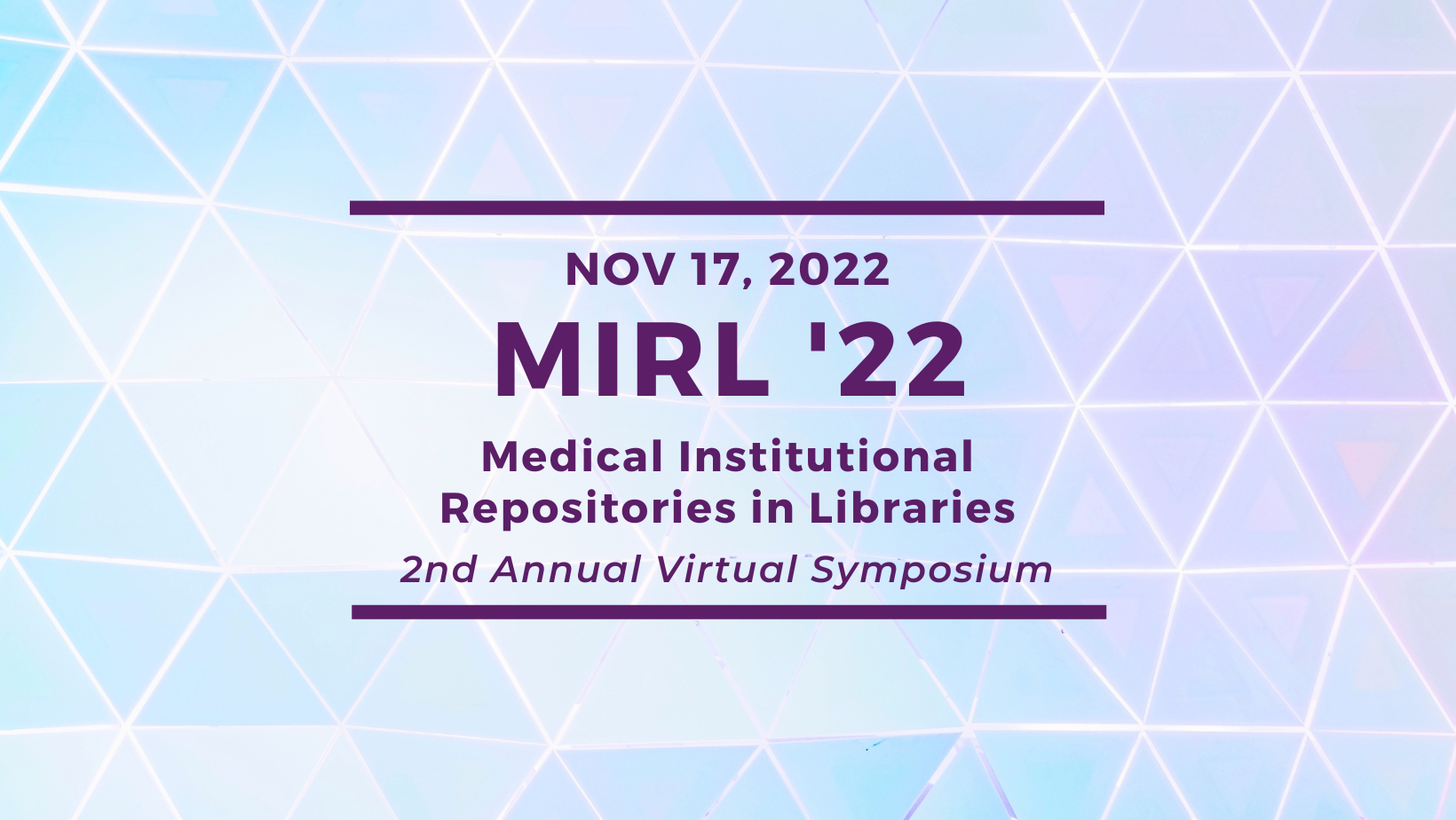Presentation Type
Presentation
Date
2022-11-17
Description
Fedora is an open source, digital preservation focused digital repository platform used for the management and dissemination of digital content. Used by a wide variety of institution types and scientific research centers, Fedora provides the flexibility and extensibility to store and provide access to large and complex collections of digital objects. Agnostic of the file formats it can accept, Fedora is well suited to handle a variety of use cases with a focus on providing robust digital preservation.
Fedora 6.2 is the most current version of the application and is being well-received in the community. This version is a major rewrite of the popular, widely-used digital repository and was guided by three themes: enhanced digital preservation sensibilities, migration support from all previous versions going back to version 3, and improved performance and scalability. With an emphasis on digital preservation standards, Fedora 6 enhances these capabilities by incorporating the Oxford Common File Layout (OCFL). The OCFL specifies a transparent, well-structured and application-independent storage layer for digital objects.
This presentation will highlight features available in Fedora 6.x and outline their importance for providing enhanced digital preservation within your repository. Features of interest include OCFL-based persistence for long-term storage, simple search, and real-time repository performance monitoring through the use of Grafana and Prometheus.
Keywords
digital repository platform, digital preservation
Open Access
1
Rights and Permissions
Copyright © 2022 Arran Griffith
Repository Citation
Griffith, Arran, "Fedora - An Open Source Digital Preservation Solution" (2022). Medical Institutional Repositories in Libraries (MIRL). 6.
https://hsrc.himmelfarb.gwu.edu/mirl/2022/program/6
Fedora - An Open Source Digital Preservation Solution
Fedora is an open source, digital preservation focused digital repository platform used for the management and dissemination of digital content. Used by a wide variety of institution types and scientific research centers, Fedora provides the flexibility and extensibility to store and provide access to large and complex collections of digital objects. Agnostic of the file formats it can accept, Fedora is well suited to handle a variety of use cases with a focus on providing robust digital preservation.
Fedora 6.2 is the most current version of the application and is being well-received in the community. This version is a major rewrite of the popular, widely-used digital repository and was guided by three themes: enhanced digital preservation sensibilities, migration support from all previous versions going back to version 3, and improved performance and scalability. With an emphasis on digital preservation standards, Fedora 6 enhances these capabilities by incorporating the Oxford Common File Layout (OCFL). The OCFL specifies a transparent, well-structured and application-independent storage layer for digital objects.
This presentation will highlight features available in Fedora 6.x and outline their importance for providing enhanced digital preservation within your repository. Features of interest include OCFL-based persistence for long-term storage, simple search, and real-time repository performance monitoring through the use of Grafana and Prometheus.


